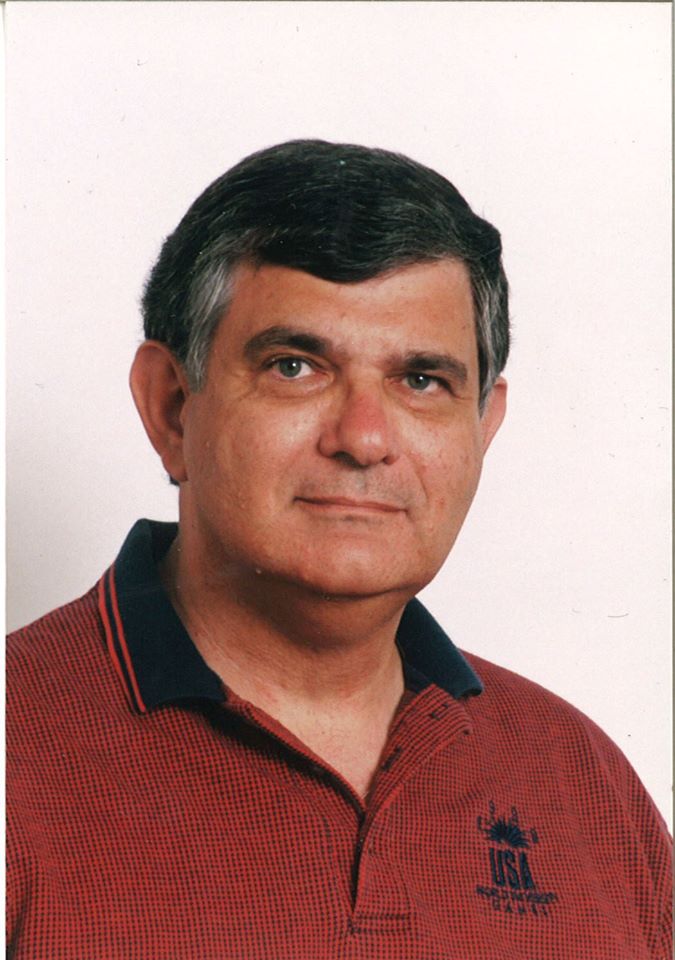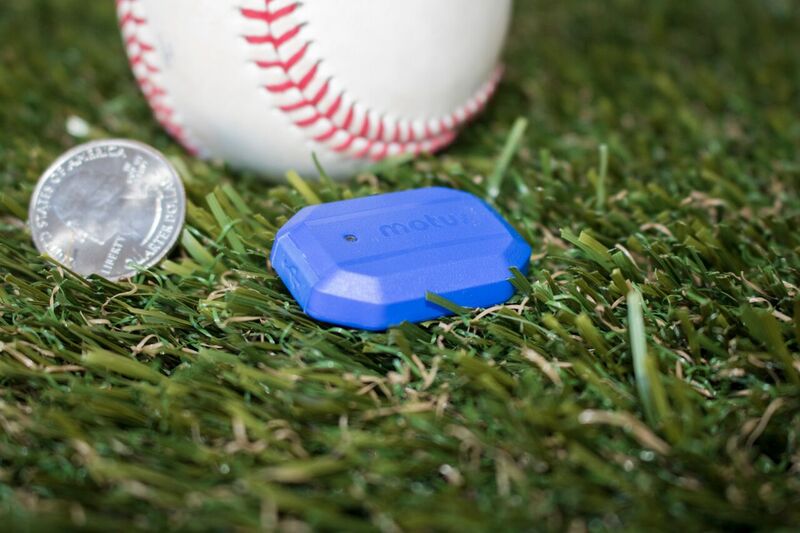
By STEVE KRAH
Thomas Wolf knew he wanted to write about the compassionate prison warden who took an inmate serving a life sentence to the World Series.
It became so much more.
Charlie Ireland took charge at Anamosa (Iowa) Men’s Reformatory and soon bonded over baseball and the Chicago Cubs with convicted murderer Harry “Snap” Hortman. The warden made a promise that if the Cubs made it to the Series, Ireland and Hortman would attend games at Wrigley Field.
That pledge was kept and they, Charles Ireland (the warden’s son) and inmate Shorty Wakefield were there to see the Cubs take on the New York Yankees in Games 3 and 4 on Oct. 1 and 2 in 1932.
In the fifth inning of Game 3, Babe Ruth ripped the fifth pitch from Charlie Root for a home run. Many of said that the Bambino predicted the blast and pointed to where he would deposit it.
Wolf’s book, “The Called Shot: Babe Ruth, The Chicago Cubs, & The Unforgettable Major League Baseball Season of 1932 (Nebraska Press, 2020),” covers that the many events swirling around that fabled clout.
“1932 was such a fascinating year,” says Wolf. “It was a pretty pivotal year in American history.”
On the diamond, there was Ruth, Lou Gehrig and the rest of the powerful Yankees, Philadephia Athletics slugger Jimmie Foxx belting 58 home runs and a tight pennant race in the National League.
The 1932 World Series was Ruth’s last. That year was also the final time he hit 40 or more home runs and or drove in 130 or more runs in a season.
The Babe had a rather un-Ruthian 1925 campaign, hitting .290 with 25 home runs and 67 runs batted in over 98 games.
“People were writing him off, saying he was past his prime,” says Wolf. “But he had a lot of gas left in the tank.”
From 1926 through 1932, Ruth hit .353 with 343 homers and drove in 1,070 runs. In 1927, his slash line was .356/60/165.
The Cubs ended up taking the NL flag even though manager Rogers Hornsby was fired after 99 games and replaced by Charlie Grimm. Hornsby was at the end of his playing days and had many legal problems, some related to his gambling habits.
“The Rajah,” who hit .358 from 1915-37 with three .400 seasons (.401 in 1922, .424 in 1924 and .403 in 1925), was known to be a prickly character.
“He did not get along well with other players, managers or management,” says Wolf of Hornsby, who was not voted a World Series share by the ’32 Cubs.
Cubs shortstop Billy Jurges was shot by his girlfriend/showgirl Violet Popovich at the Hotel Carlos on Sheffield Avenue near Wrigley and recovered in time to help Chicago down the stretch.
The Jurges story is likely an inspiration for the 1951 novel, “The Natural” by Bernard Malamude. The movie adaptation stars Robert Redford as Roy Hobbs.
Former player and AL umpire George Moriarty was suspended for a fight with the Chicago White Sox.
After making one big league appearance in 1930, colorful right-hander Dizzy Dean had a breakout year in 1932, winning 18 games for St. Louis Cardinals.
Guy Bush, Kiki Cuyler, Woody English, Gabby Hartnett, Billy Herman, Mark Koenig, Pat Malone and Lon Warneke were among the other key performers for the 1932 Cubs.
The 1932 Yankees, managed by former Cubs skipper Joe McCarthy, also had Sammy Byrd, Ben Chapman, Earle Combs, Frank Crosetti, Bill Dickey, Lefty Gomez, Tony Lazzeri, Red Ruffing and Joe Sewell.
Away from baseball, 1932 was a presidential election year. Both the Democrat and Republican nominating conventions were held in Chicago thanks to mayor Anton Cermak.
With the Great Depression swirling and World War I veterans staging a Bonus March and then camping out in Washington D.C., Franklin D. Roosevelt would replace Herbert Hoover in the White House. FDR was in attendance at Game 3 of the World Series.
So was baseball commissioner Kenesaw Mountain Landis with nephews Charlie and Lincoln Landis from Logansport, Ind., and entertainer Bill “Bojangles” Robinson.
Prohibition was on its way to be repealed in 1933.
Wolf weaves these and other details together in “The Called Shot.”
“It was fascinating to research the ’32 season and challenging to put all the stories together for the book,” says Wolf. “I wanted to tie in the world outside of baseball since 1932 was such an important year in the nation’s history — again, the research was eye-opening for me, and I learned a lot.
“I suppose that’s true for everyone who writes non-fiction — the research exposes us to facts and characters and perceptions about events that we only vaguely knew — in my case, for example, the history of the Bonus Army.”
Wolf enjoyed studying what it was like for ballplayers in the 1930’s. They spent many hours on trains, playing cards and talking baseball. Old players mentored new ones.
In that era, there were eight teams in each league with St. Louis being the farthest point west or south. Likely for monetary reasons, road trips would take weeks. For instance, the Cubs might play games in Pittsburgh, Philadelphia, New York, Brooklyn, Boston and Cincinnati before coming back to Chicago.
As the Yankees travel from New York to Chicago during the World Series, they made a stop in Elkhart, Ind., to change engines.
“Fifty youngsters charged onto the train and searched for ballplayers,” wrote Wolf in “The Called Shot.” “They found Babe Ruth and mobbed him. Ruth and other players signed autographs for their young fans, and then the youths were shooed from the train.”
The routine and relationships between the press and the ballplayers were different in those days.
Wolf notes that today’s athletes will talk to reporters after a game and then tend to their social media accounts — Instagram, Twitter etc.
“Every player is his own brand,” says Wolf. “They’re in their own world with their own followers.”
Wolf says he first began taking notes for what would become “The Called Shot” around 2000, began the writing process around 2013.
He began talking to literary agent Stacey Glick in 2007, began working on a book proposal after that and got contract with the University of Nebraska Press around 2013. He turned the manuscript over to UNP early in 2019 then did the bibliography and end notes.
“It was about a six-year process,” says Wolf.
The book came out during the COVID-19 pandemic, which was not easy with book stores being closed, book festivals being canceled and newspapers doing less reviews on baseball books.
With the help of Adam Rifenberick of Press Box Publicity, Wolf did about 40 podcasts and radio interviews to promote the book in June and July. He has been on Baseball by the Book Podcast with Justin McGuire (Episode 258) and The Sporting Life with Jeremy Schapp (ESPN).
Born in Bloomington, Ind., in 1947, Thomas Wolf is the son of Irvin and Jeanette “Jan” Wolf, who met at Indiana University. Irvin was born and raised in Wabash, Ind., attended Manchester College in North Manchester, Ind., and then got a doctorate in psychology at IU.
Irvin Wolf was a college professor. He was at the University of North Carolina in Chapel Hill when Thomas was 1 to 7. From second grade through high school, his father taught at Denison University in Granville, Ohio.
Irvin’s brother, Jack, attended DePauw University in Greencastle, Ind., and lived most of his life after college in New York City.
Eugene “Gene” Wolf, grandfather of Thomas and father to Irvin and Jack, moved to Wabash from Germany and was a partner in the Beitman & Wolf department store and married to Rachel Simon Wolf. The Cubs began broadcasting their games on the radio and Gene Wolf became a big fan. He would travel to see games in Chicago.
The ’32 Series was aired by the Mutual Broadcasting System, CBS and NBC.
Thomas Wolf has a bachelor’s degree from Knox College Galesburg, Ill., and a master’s in Fiction Writing from the University of Iowa.
Wolf taught at Carl Sandburg College in Galesburg, UNC Chapel Hill and Santa Clara (Calif.) University and was a testing specialist and writing consultant before focusing on writing projects.
Patricia Bryan, Wolf’s wife, is a professor at the UNC School of Law and has been teaching at the university since 1982. She was a visiting professor at her alma mater — the University of Iowa — when she and her husband toured the prison grounds at Anamosa.
Bryan and Wolf co-authored “Midnight Assassin: A Murder in America’s Heartland (University of Iowa Press, 2007).”
Wolf has produced several articles (many in conjunction with Bryan), including “The Warden Takes a Murderer to the World Series: A Tale of Depression-era Compassion,” “On the Brink: Babe Ruth in Dennis Lehane’s The Given Day,” “The Golden Era of Prison Baseball and the Revenge of Casey Coburn” and “Jack Kerouac and Fantasy Baseball.”
There are plans to write another true crime book set in Iowa.
Wolf has been a regular attendee of the Cooperstown Symposium on Baseball and American Culture and is a Society for American Baseball Research (SABR) member. He says he tapped into the SABR Baseball Biography Project for background on many subjects and Retrosheet for game details in “The Called Shot.”
Thomas Wolf and Patricia Bryan have three sons — John and twins David and Mike. John Wolf (29) is a dog trainer living in North Carolina. David Wolf (27) works in the public relations department for the Jacksonville Jaguars. Mike Wolf (27) is an assistant men’s basketball coach at Purdue-Fort Wayne.













